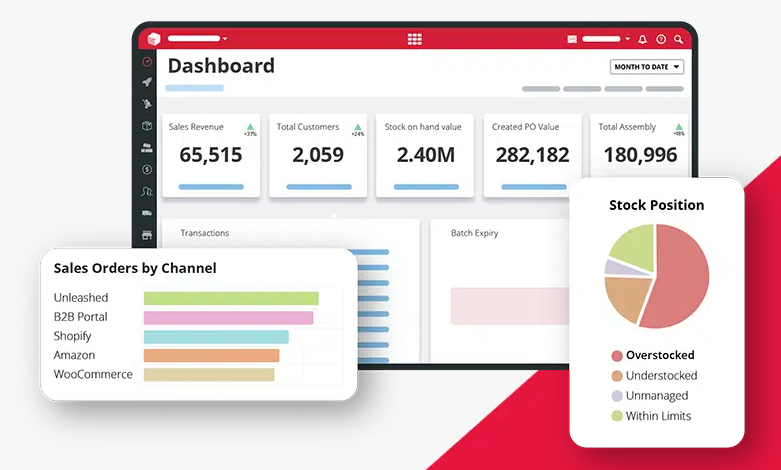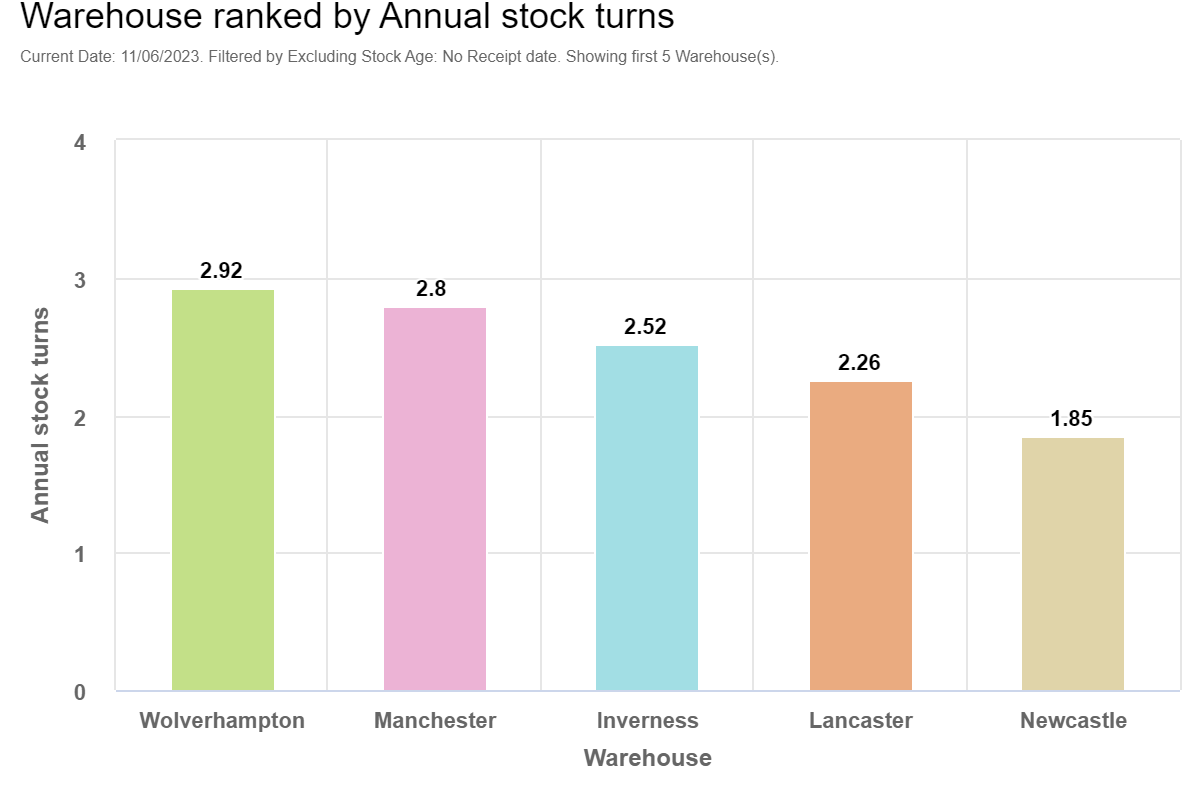PODCAST: The Power of Data: Influencing Sales and Marketing the Human Way.
Listening. Simple? Yes! And Powerful.

Complete accounting solutions focussed on profit and growth
Inventory management systems play a crucial role in thriving product businesses
Automating your core systems is the key to efficiency and effectiveness

Scalable software that grows with you
Product and inventory software that makes sense
Seamless integrations and automations

Whether they use a single solution or a full end-to-end integration of multiple software packages we are proud to be a part of our client's success.
2 min read
Philip Oakley
:
Jul 13, 2023 1:51:47 PM

Stockouts and overstocking are both inventory management issues that can have negative consequences for a business.
The key to effective inventory management is to strike the balance between the two extremes! This can be a balancing act and requires you to understand and monitor your product data closely.

A stockout occurs when you run out of a particular product or item and are unable to fulfil customer orders. This can result in lost sales, dissatisfied customers, and damage to your company’s reputation. Stockouts can occur due to a variety of reasons, such as inaccurate forecasting, supply chain disruptions, or unexpected changes in demand.

On the other hand, overstocking occurs when you have too much inventory and are unable to sell it within a reasonable timeframe. This can tie up valuable resources and result in increased holding costs, such as storage and maintenance expenses. Overstocking can also lead to you having to discount its products in order to clear inventory, which can negatively impact profitability. Whilst the impact of overstocking feels less immediately traumatic when compared to a stock out, its effects can be just as damaging. Once more, the longer you hold the overstocked lines, the more the effect compounds.

Both stockouts and overstocking can be avoided through effective inventory management practices, such as accurate demand forecasting, efficient supply chain management, and regular monitoring of inventory levels. By maintaining an optimal level of inventory, you minimise the risk of stockouts and overstocking, and ensure that you can meet customer demand while maximising profitability.
All sounds good on paper! But how do you set these practices up in your business?
The advances in cloud computing have made great solutions available to businesses of all sizes, but the benefits are best felt by SMEs. Inventory management systems (IMS) such as Unleashed are a great place to start when you’re trying to get a handle on your stock. This allows you to have far greater visibility and control of your stock than manual processes allow. Whatsmore, it integrates brilliantly with Xero Accounting software as well as offering integration into even more stock control software such as Stocktrim. If you’re an ecommerce business, Unleashed offers integrations to most major platforms such as Shopify and Amazon. An IMS like Unleashed is also a great starting point for further data reporting from which you can perform ABC or RFM analysis.
If you’d like to talk through your stock out or overstocking problems with an inventory management pro (or you have any other questions about inventory, Unleashed, Xero or even other solutions…) Outserve offer a free 15 minute chat to understand where you currently are and how you can move forward.
A stockout occurs when a company runs out of a particular product or item and is unable to fulfil customer orders. This can result in lost sales, dissatisfied customers, and damage to the company’s reputation. Stockouts can occur due to a variety of reasons, such as inaccurate forecasting, supply chain disruptions, or unexpected changes in demand.
On the other hand, overstocking occurs when a company has too much inventory and is unable to sell it within a reasonable timeframe. This can tie up valuable resources and result in increased holding costs, such as storage and maintenance expenses. Overstocking can also lead to a company having to discount its products in order to clear inventory, which can negatively impact profitability.
Both stockouts and overstocking can be avoided through effective inventory management practices, such as accurate demand forecasting, efficient supply chain management, and regular monitoring of inventory levels. By maintaining an optimal level of inventory, companies can minimise the risk of stockouts and overstocking, and ensure that they are able to meet customer demand while maximising profitability.

Listening. Simple? Yes! And Powerful.

This inventory management system Unleashed manages bills of materials, assemblies, wastage and cost tracking - all in real time - whilst also...

For any physical product based business selling online (B2B or D2C), efficient stock management is vital to maintain a competitive edge in the...